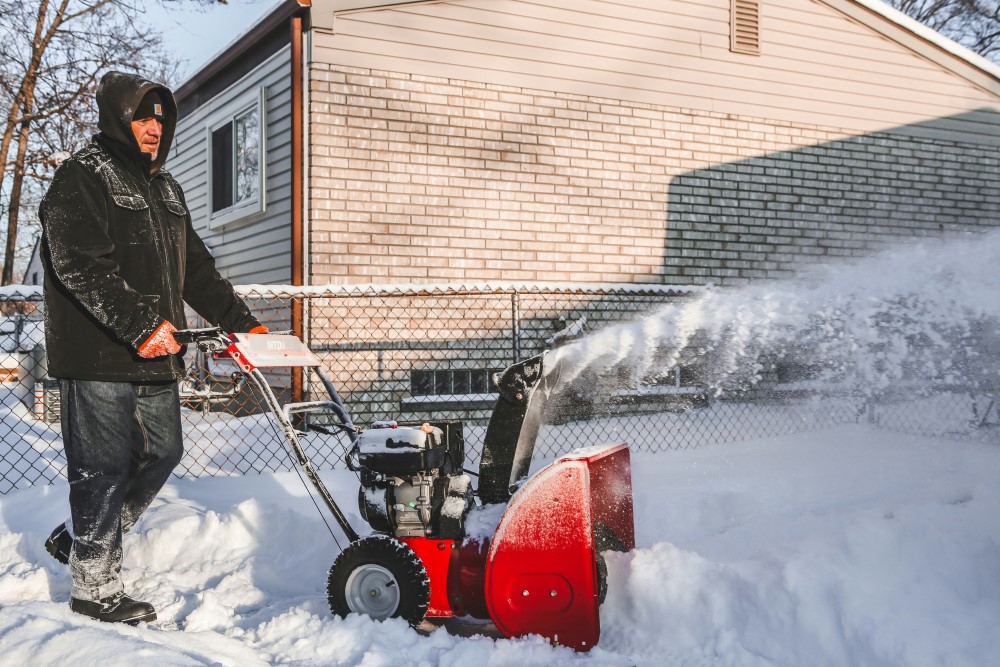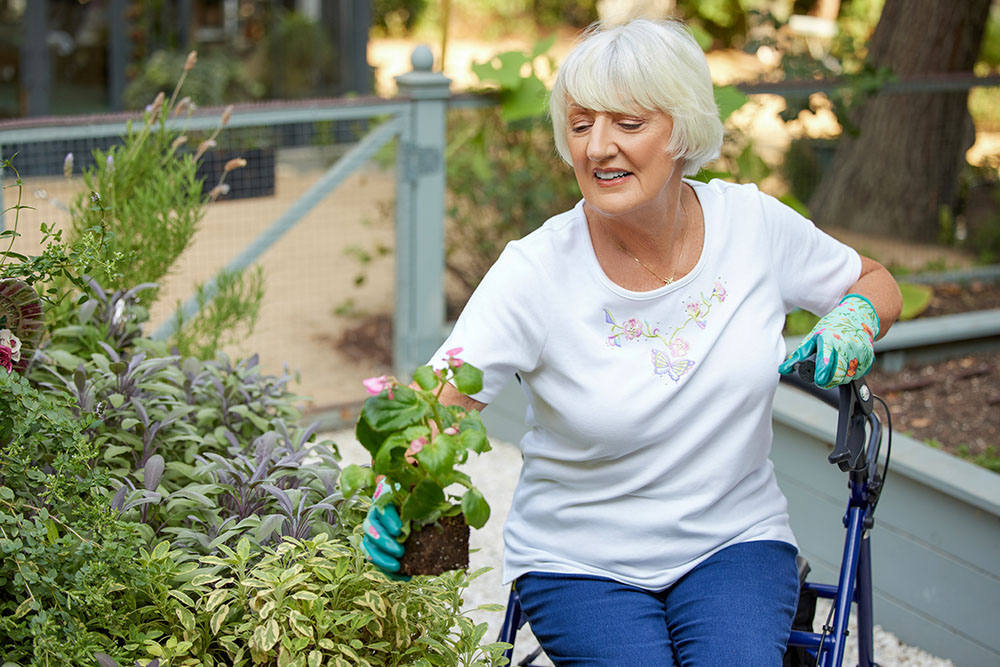Snow shoveling leads to thousands of injuries annually, and it is linked to as many as 100 fatalities each year.1 Clearing driveways and sidewalks is essential, yet it can lead to health risks if not approached carefully. Here’s a guide to help you snow shovel safer and more effectively.
Understanding the Risks
Snow shoveling is a strenuous activity that can result in injuries and even heart problems if not done correctly. Common risks include:
- Muscle Strain and Injury: Lifting heavy snow can put a strain on your back, shoulders, and arms.2
- Heart Strain: Cold weather combined with physical exertion increases the risk of heart attacks, particularly for individuals with pre-existing heart conditions.3
- Slips and Falls: Icy conditions can lead to slips, potentially resulting in minor injuries or serious fractures.4
Preparing for Snow Shoveling
Before heading outside, take time to prepare yourself and your equipment:
Dress Appropriately
- Wear Layers: Dress in warm, layered clothing that allows for ease of movement.
- Choose Sturdy Footwear: Opt for boots with good traction to prevent slips
- Use Gloves and Hats: Keep extremities warm to maintain proper circulation.
Choose the Right Shovel
- Ergonomic Design: Select a lightweight shovel with a curved handle to reduce strain.
- Size Matters: A smaller blade helps lift manageable amounts of snow.
Safe Shoveling Techniques
Using the right techniques can minimize the risk of injury5:
- Warm Up: Spend 5-10 minutes stretching to prepare your muscles.
- Push, Don’t Lift: Whenever possible, push the snow instead of lifting it.
- Lift Properly: When lifting is necessary, use your legs, keeping the shovel close to your body and avoiding twisting.
- Take Breaks: Shoveling can be exhausting; take frequent breaks to rest and hydrate.
Knowing When to Stop
Listen to your body. Stop shoveling immediately if you experience any of the following symptoms and seek medical attention if necessary:
- Chest Pain: This could indicate a heart attack, call 911 if you experience any heart attack symptoms.
- Shortness of Breath: A sign of overexertion.
- Dizziness or Lightheadedness: Could lead to falls or suggest other health issues.
Alternatives to Manual Shoveling
If shoveling is too strenuous or unsafe, consider these alternatives:
- Hire Help: Local services or neighborhood teenagers may offer snow removal services.
- Use a Snow Blower: This can significantly reduce physical strain.
- Apply Salt or Sand: Prevent ice buildup to lessen the need for shoveling.
Snow shoveling is an unavoidable part of winter for many, but it doesn’t have to be hazardous. By preparing adequately, using proper techniques, and being aware of your limits, you can stay safer and healthy throughout the season. Always prioritize your health and explore alternative options if shoveling poses too much of a risk. Enjoy the winter wonderland safely!
1. https://pubmed.ncbi.nlm.nih.gov/20825768/
2. https://www.healthandwellnesschiropractic.com/snow-shoveling-season-is-here-how-to-manage-muscle-strain-and-pain/
3. https://newsroom.heart.org/news/snow-shoveling-cold-temperatures-combine-for-perfect-storm-of-heart-health-hazards/
4. https://www.centerwellhomehealth.com/articles/patient-articles/balance-and-mobility/winter-safety-prevent-falls-with-these-4-tips/
5. https://www.mayoclinichealthsystem.org/hometown-health/speaking-of-health/tips-for-safe-snow-shoveling/


